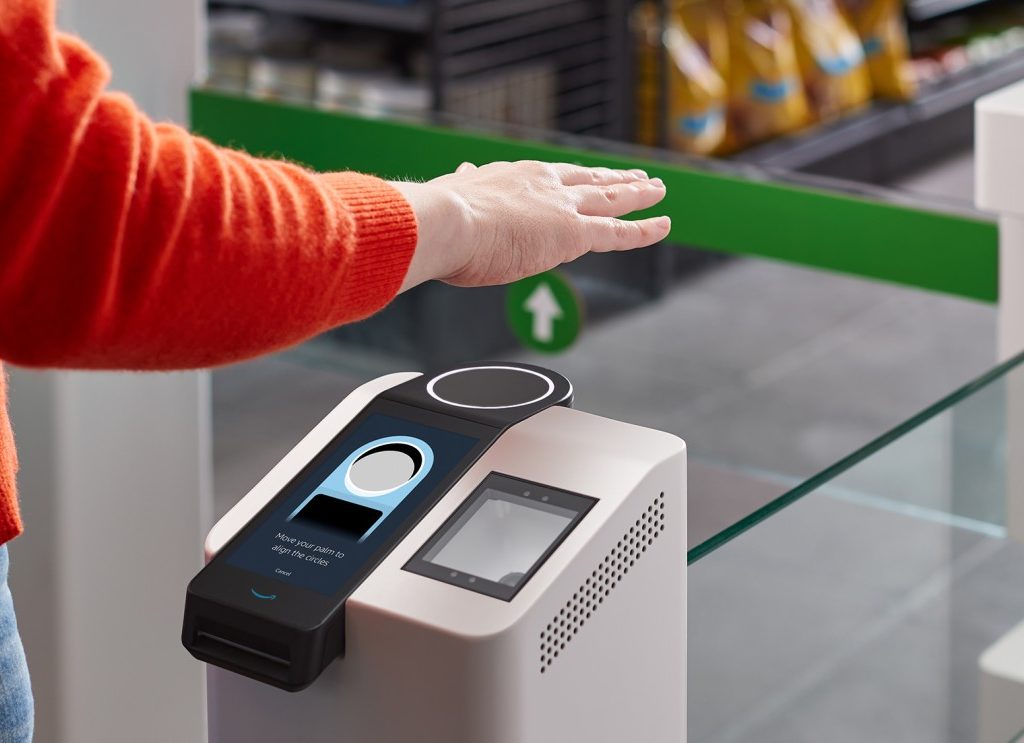In search of growth — common fare for maturing tech giants — Amazon continues to pop up in likely and unlikely places. Sometimes seeming strange at first, its motivations and endpoints can be often be extrapolated. For example, Amazon Go stores were a trojan horse to incubate its “just walk out” technology.
Panning back to broader ambitions, Amazon is building a retail as a service (RaaS) platform. And it’s following the AWS playbook: An internal function gets tested and optimized, then spun out as a service for the rest of the world to use. With “just walk out,” it’s already gotten started with a few retail partners. Many will follow.
There are several other moving parts to this RaaS development. The most exposed move is of course Amazon’s Whole Foods acquisition, which could serve as a testbed for its RaaS tech. The retail chain will also feed into Amazon’s logistical and shipping infrastructure for a range of eCommerce fare (a different article).
As we examined in Part I of this series, another orbiting part of its RaaS development is the initially strange-sounding move into Salons. But just like Amazon Go was an incubation play for its “just walk out” technology, Amazon salons will test and optimize its “point and learn” technology… yet another piece of the RaaS puzzle.
Another Domino Falls
Building from the above Part I analysis, another RaaS domino has recently fallen for Amazon: next-generation POS payments. Specifically, Amazon announced it’s rolling out its Amazon One palm-reading POS terminals to a handful of Whole Foods in the Seattle area. These are meant to speed up transactions at retail outlets.
Specifically, the biometric tracker can authenticate users with a palm scan. This works in a few ways. In some instances, users scan their palm when entering a store, then “just walk out” when done. Once scanned, that shopper is associated with their payment method and Prime status, set up on the first use.
The other way that the technology works — as in the case of the Whole Foods implementation — is directly at the point of sale. Eschewing the above palm scan-upon-entrance, this will simply have shoppers scan their palm at the POS, just like they would enter a credit or debit card while going through a checkout aisle.
The second method has less friction and is a smart first step to assimilate the technology. That goes for both user habits and comfort levels, as well as retailer logistics. Though Amazon is aggressive with tech implementation, it’s not ready to rip out checkout aisles and redesign Whole Foods stores altogether.
Value Exchange
That customer and retailer acclimation goes back to the “incubation” theme that’s prevalent in Amazon’s RaaS efforts. Amazon One will simply be another payment method offered at checkout. So for Amazon, it will be all about incentivizing users to try it, which is a challenge due to entrenched payment habits.
This is the same challenge that mobile payments have faced for years. Not only are consumer payment habits entrenched and anchored in a perception of security, existing payment methods aren’t really broken. No one is complaining about swiping a debit card — something the mobile payments sector has failed to grasp.
So for Amazon’s efforts to get the flywheel spinning for palm-scanning adoption, it will have to offer some other value exchange. That could be onboarding promotions, or a campaign that stresses its time savings for frequent and/or rushed shoppers. It could also lean on the “touchless” angle to play into Covid sensitivities.
Meanwhile, Amazon is flanking this effort from many angles. In addition to Whole Foods — the most exposed implementation to date — Amazon One scanners have been installed in several Seattle-area Amazon Go and Books locations. It claims to have enrolled “thousands” of shoppers in the program. So there’s a ways to go…




